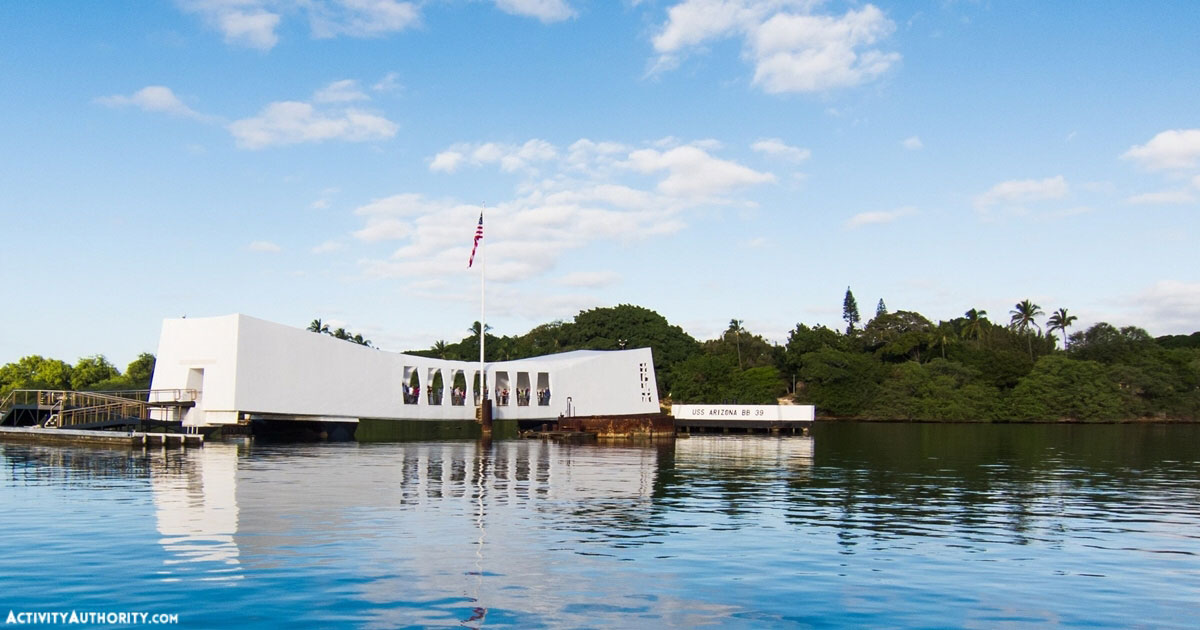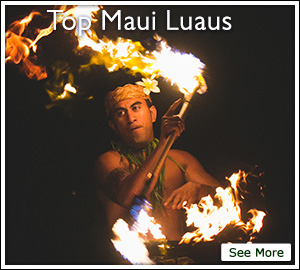Questions about Hawaii often abound, from whether or not it snows in the islands to what, exactly, Pidgin might be. (For the record, it’s a Creole-style language that evolved among plantation hands and Native Hawaiians in the 1800s.)
But one question that’s struck a number of potential tourists has nothing to do with weather, grass skirts, or the 50th state’s obsession with SPAM. Rather, contemporary travelers thinking about a tropical holiday ask, “What’s the distance between North Korea and Hawaii?” This has become a more common question since North Korea did some missile testing on 4th of July.
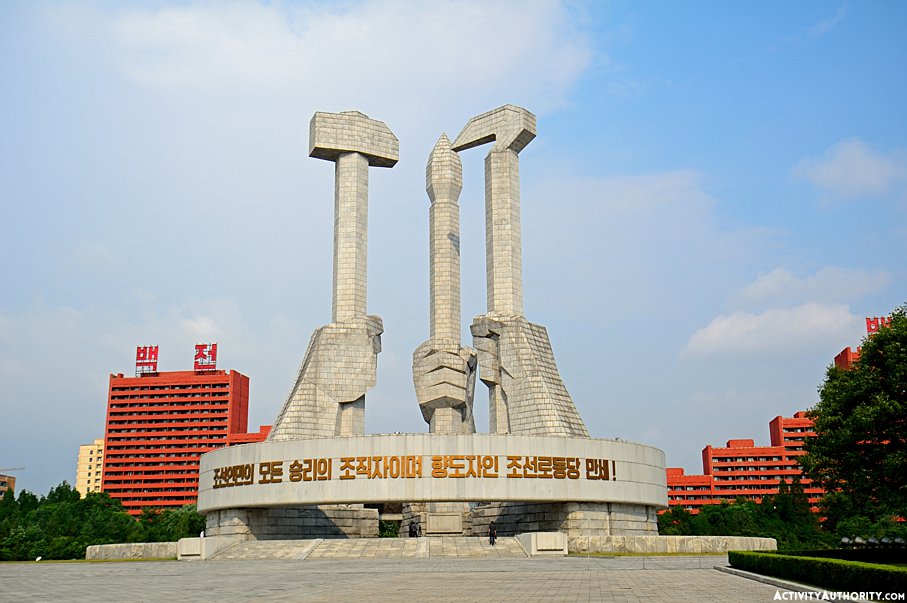
It’s no wonder. Tensions with North Korea have been mounting for decades, and that state of uncertainty and fear reached new heights when the East Asian country successfully launched an intercontinental ballistic missile on the U.S.’s birthday – July 4, 2017 – demonstrating, as The Washington Post reports, that “Pyongyang’s missiles could reach as far as Alaska.” Of particular concern to Hawaii residents and would-be travelers is whether or not the Aloha State is close enough to North Korea to warrant concern.
So what is the distance between North Korea and Hawaii?
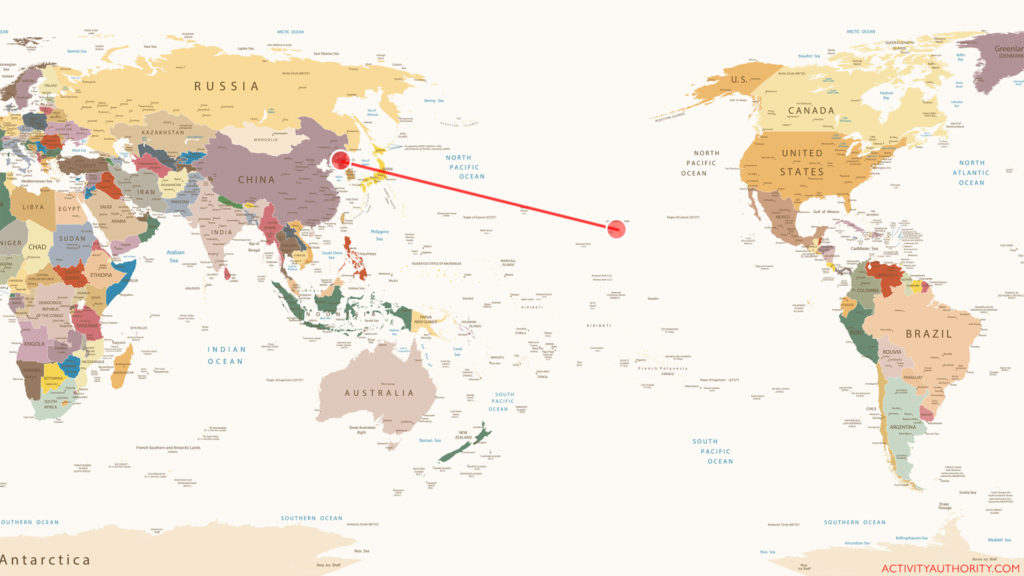
Less than 5,000 miles. Or, for the sake of precision, 4,660.95 miles – an east-bound excursion that requires 9 hours and 36 minutes on a commercial plane that’s flying at a rate of 500 miles per hour, and is roughly two hours longer than a flight from La Guardia to Heathrow.
While that might bring to mind jet lag and its consequent exhaustion, an intercontinental ballistic missile (or ICBM) with a nuclear warhead could reach Hawaii in a fraction of that time – as in less than 20 minutes, The Atlantic reports.
Naysayers to the terror this has stirred for and in the freshest state in the Union point to the fact that the West Coast of the U.S. mainland – and Los Angeles in particular – isn’t much farther away from North Korea (5,822 miles, in fact), and, with 4,850 square miles of city sprawl, LA would be a much more likely and alluring target for widespread destruction. (To phrase it differently, even “an inaccurately fired ICBM stands a good chance of taking out millions of people instead of hitting lightly populated desert or mountains,” says the Los Angeles Times). Moreover, a 2013 photograph of North Korea’s Pyongyang’s war room, issued by North Koreans, reveals “four assets in the crosshairs of an attack,” including the Pacific Fleet in San Diego, a mere 120 miles south of the City of Angels.
But also included in that ominous photo is the Naval Station Pearl Harbor – a base adjacent to Hawaii’s state capitol that houses the U.S. Pacific Command and the USS Cheyenne submarine (which, it should be noted, can “launch long-range Tomahak missiles,” The Washington Post confirms).
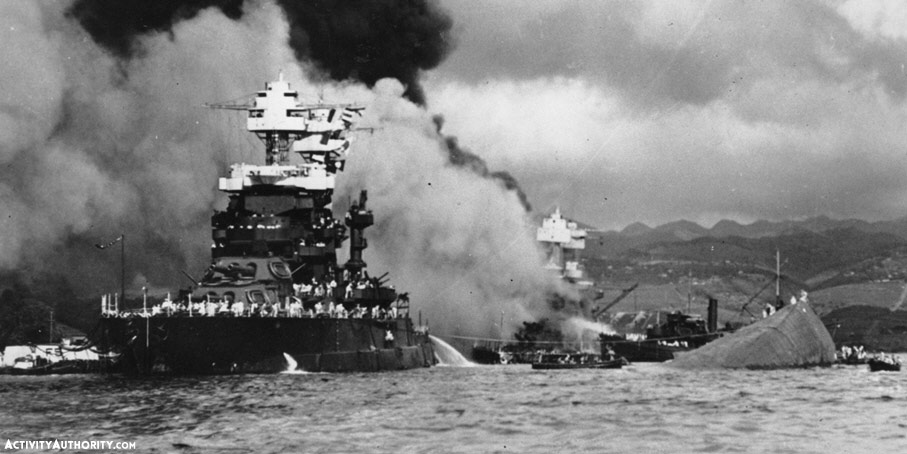
It’s also a site that’s still reeling from devastation: On December 7, 1941, the Honolulu naval base was attacked by the Empire of Japan – a raid that killed 2,403 people, thrust the U.S. into the Second World War, and went down in history as “the largest destruction of life and property on American soil,” second only to 9/11.
While sensitivity to that momentous calamity may have waned for those who didn’t experience it or its aftermath, it remains to haunt the Hawaiian Islands.
“One of the legacies of the Pearl Harbor attack is that residents of Hawaii feel a stronger sense of vulnerability than people of the United States mainland,” says Denny Roy, a research fellow at the East-West Center who concentrates on North Korea and nuclear weapons. “Whenever the mainstream news reprises the issue of North Korea working towards a nuclear intercontinental ballistic missile and threatening to use it against the United States, people in Hawaii get nervous.”
And it isn’t just its proximity to North Korea that has Hawaii residents and visitors – to say nothing of the rest of the world – unnerved by North Korea’s threats.
“Hawaii is also a key strategic position for the U.S. military, which has an enormous presence on the island of Oahu in particular,” The Atlantic writes (as in the fourth-largest military work force in the nation, Pacific Business News affirms).
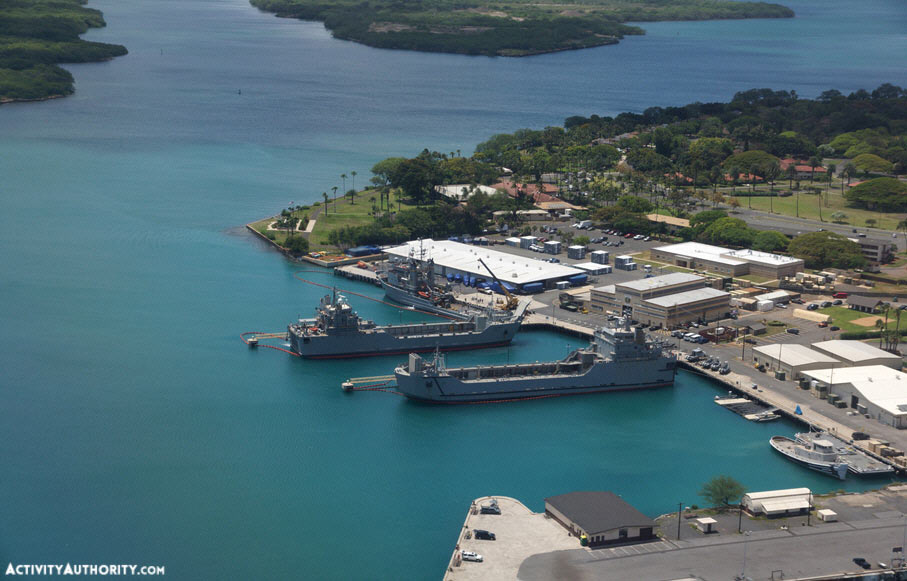
In response, Hawaii lawmakers are pushing the Department of Defense for assistance with nuclear disaster preparedness – an effort that’s scantly been visited since the early 1980s, when fallout shelters carried food and medical supplies, and additional structures had been identified as “makeshift fallout shelters.” (Officials today don’t know which of those structures still exist, and those provisions have been thrown out.)
Residents of Hawaii, meanwhile, are generally mixed about the menace – with many relying on the understanding that the threat is speculative rather than imminent.
“For now,” The Atlantic writes, “the nuclear threat Hawaii is facing is serious but also still theoretical. North Korea hasn’t explicitly demonstrated that Hawaii is a target the way it has with Japan. Back in Hawaii…the threat is real but overblown by a perception that the Kim regime is ‘crazy,’ and by North Korea’s success in cultivating an image of ‘extreme bravado.’” Others find relief in the fact that if a missile that can reach Hawaii exists it has not been successfully tested, just as they find comfort in the words of experts, such as Editor of the Nonproliferation Review Joshua Pollack, who says we should not panic.
“‘Look behind the rhetoric…and when it comes to nuclear weapons, North Korea has threatened only retaliation, not a first strike,’” The Washington Post quotes him as saying. “‘They’re more capable than we give them credit for, but they’re sane.’” Potential visitors to Hawaii weighed in on TripAdvisor, stating everything from the belief that the threats are nothing more “than bulldust – I won’t be changing my holiday plans” to “I have no qualms about visiting Hawaii, Korea or not.”
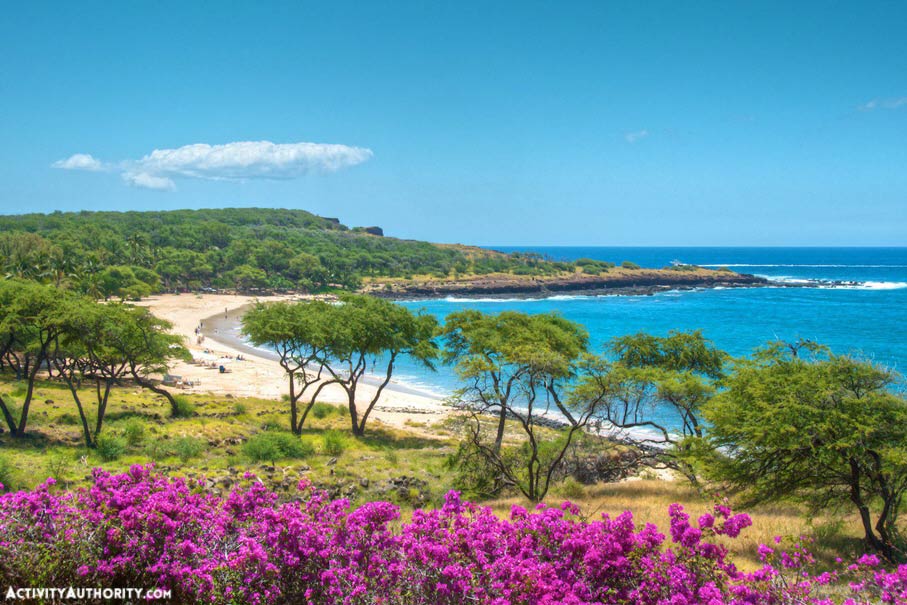
As for those who are riddled with fear? Take it from the Editor-in-Chief of the independent, much-loved rag, Maui Time, Anthony Pignataro:
“None of this is new (in fact, I can recall that back in 2009 resort officials on Lanai ordered tourists off the beach because they feared a North Korean missile would hit there),” he said. “More than ever, everyone in Hawaii needs to get a grip. News organizations especially need to stop looking on North Korea terror stories as click-bait and start making sure their headlines are as rational as the reporting in their stories…
Above all else, North Korea wants nuclear weapons to deter an American attack and invasion. Given our history of routinely bombing, invading and occupying poor nations – to say nothing of the bombastic blather of President Donald Trump – I’d say North Korea has a great deal more to fear from us than we have from them. This is something every American, in or out of Hawaii, needs to understand: where North Korea is concerned, the United States is the biggest threat in the world.
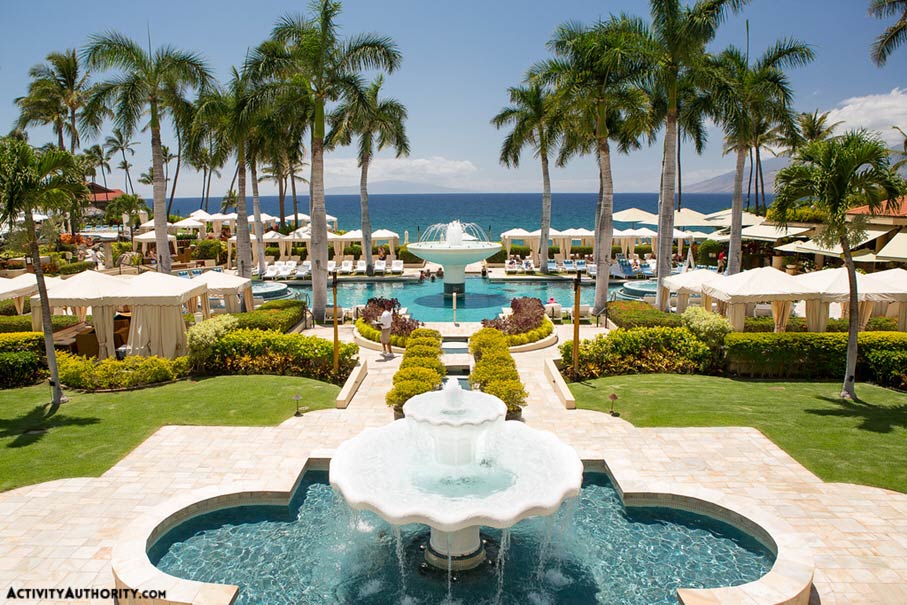
In other words? Pack those bags and prepare to assume the “Don’t worry, be happy” dictum of the islands as you explore answers to its lighter questions: Some do wear grass skirts, it snows on the Big Island, our weather is flat-out phenomenal – and SPAM musubi tastes superb on and off the beach.
